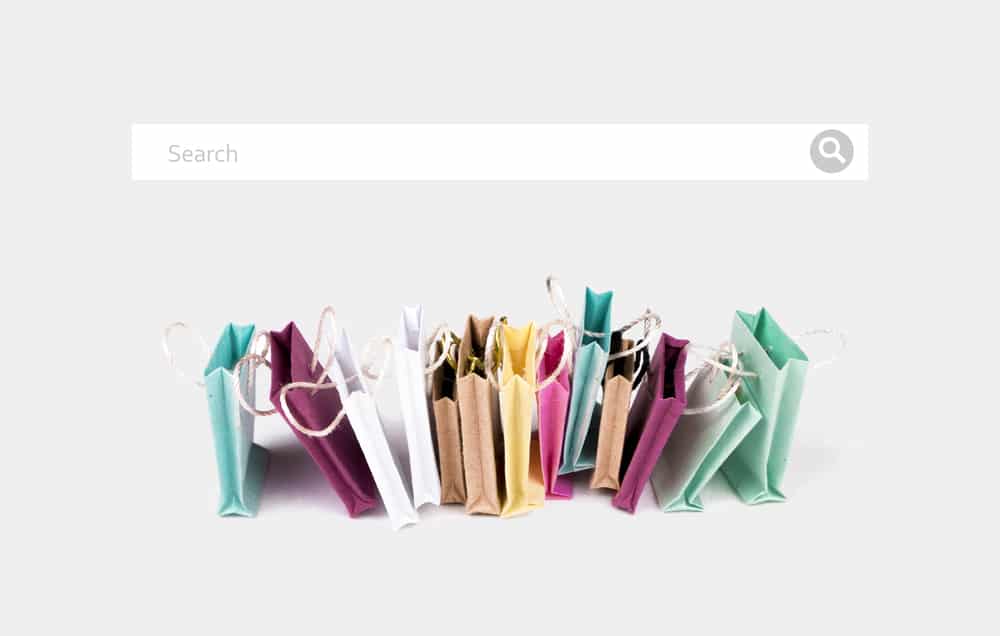If you’re launching a new eCommerce store, the thought of writing hundreds, or even thousands, of product descriptions may bring you out in a cold sweat.
It can be a lot of work, and it may be tempting to copy and paste the same thing into every page or even worse… leave it blank!
However, taking the time to write high-quality, SEO-optimised product descriptions can lead to more organic traffic and increased revenue.
Here are our five top tips for writing perfect product descriptions that will get your business noticed.
-
Write unique content for every page
If you are selling another company’s products on your website, take the time to create your own bespoke content rather than copying their own product descriptions.
Even if the company is happy for you to do this, it can lead to a duplicate content issue in the search engines. This is when Google or Bing only shows one of the pages in the search engines, reducing the likelihood of either of you being found.
Be sure to write different content for each of your pages. If you’re stuck of things to put on your page, some of the things you can include in your copy are:
- The benefits of the product
- Who the product is suited for
- What the product looks, sounds or smells like
- Frequently asked questions about the product
Don’t forget to make your content as scannable as possible. Use headings, paragraphs and bullet points to make your product page description easy to read.
-
Use the right keywords
Knowing which keywords to use in your product description is critical. This is what will result in your product page appearing as high as possible in the search engines.
Carry out extensive keyword research before you write your page. You can either do this yourself or get an SEO company to do it for you.
When you have your keywords, it’s time to strategically include them on your product page. Here are some of the ways you can do this:
- Avoid ‘stuffing’ your keywords into the page content too much. As a rule of thumb, you should feature your keywords once every 100 words; otherwise the search engines may penalise your page
- Use similar sounding keywords to add variety. For example, if you are selling trainers, you can use the words ‘plimsoll’, ‘tennis shoe’ or ‘sneaker’ instead
- Write for your customers rather than the search engines
- Use your keywords in your meta title, meta description, page title and header tags
-
Create URLs that tell your visitors what the page is about
When creating website pages, many content management systems generate default URLs that are just a jumble of numbers and letters. These are bad for SEO as they don’t tell the search engines what the page is about.
Search friendly URLs provide extra context about what a product page is selling, increasing the odds of a high ranking in the search engines. Not only this, but you can use your keywords of choice in the URL, growing your search engine presence even further.
Here’s how you can make your URLs more search engine friendly:
- Include your target keywords at the start of the URL
- Don’t include dates in your URLs. Not only does this take up valuable space, but it means it will go out of date quickly
- Use a dash (-) between words. This makes the words in the URL easier for bots to identify
- Avoid special characters like :, +, @ or &. These can potentially ‘break’ your URL, meaning it won’t appear in the search engine results
- Keep your URL as short as possible. This will make it easier for web users to share and save
-
Include high-quality photos
A picture tells a thousand words, as the adage says.
Quality photos will help customers see what your product looks like and what it can do for them, increasing the odds of them buying your product.
Want to include photos on your product pages? Here are our recommendations:
- Include your keywords in the alt text and file name for an extra SEO boost
- Resize your photos for the web. Slow-loading images will lead to frustrated web users leaving your website
- Include user-generated content. Customers love to see products being used by people that have similar needs to them. In fact, 62% of people say they’re more likely to buy something if they can see customer images first
More information about optimising your photos for SEO
-
Don’t forget your meta title and descriptions
Meta titles and descriptions don’t directly impact SEO, but they are still worth optimising. This is because they are the first things that appear to potential buyers in the search engine.
The more enticing your copy, the more likely people will click. Optimising your meta title and description can be challenging as you don’t have a lot of characters to work with, but we recommend doing the following:
- Include keywords that you know visitors will be looking for
- Put the benefits of your product in the description
- Provide a call to action to encourage people to click
- Don’t go over the character limits as otherwise your title and description will be truncated. A search simulator will let you see how your text will look
- Make it unique and different to titles and descriptions for other pages on your site
In conclusion: Writing a comprehensive product page can feel like a lot of work, especially if you have lots of them to do.
Spend time on it though, and it will lead to many more conversions on your website!


